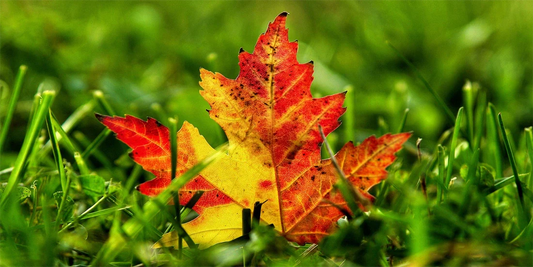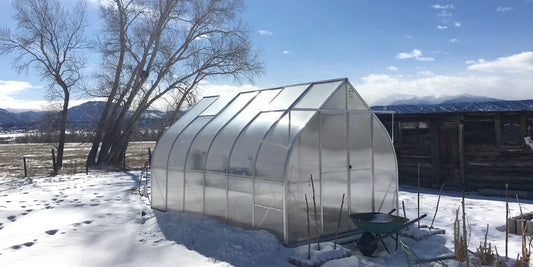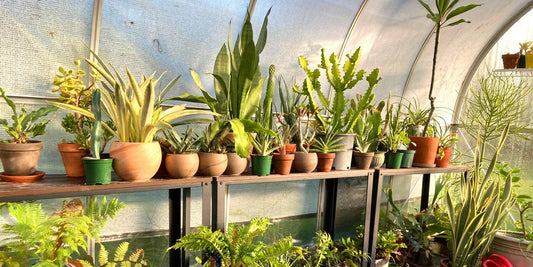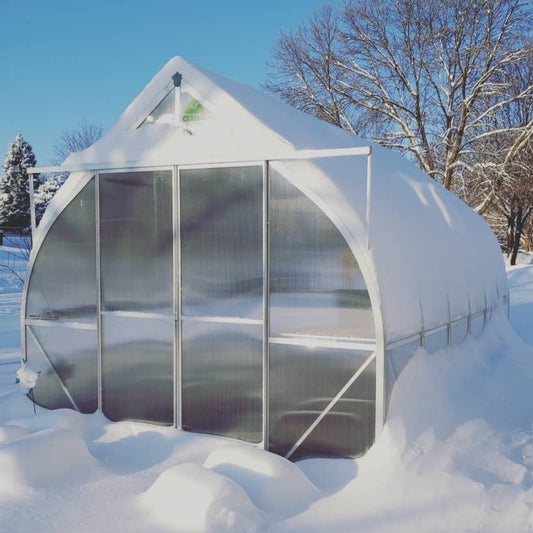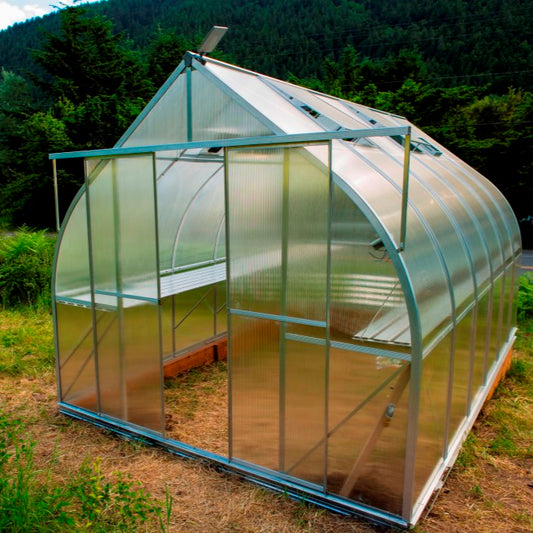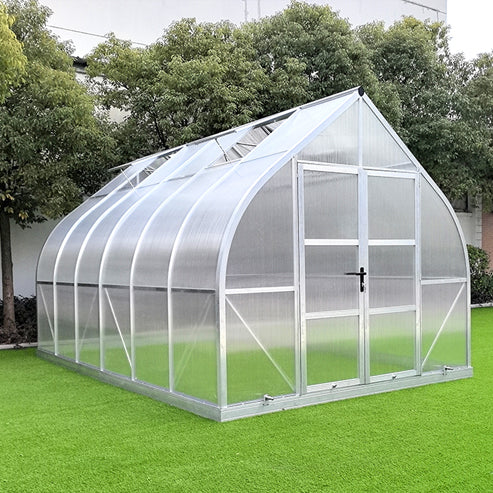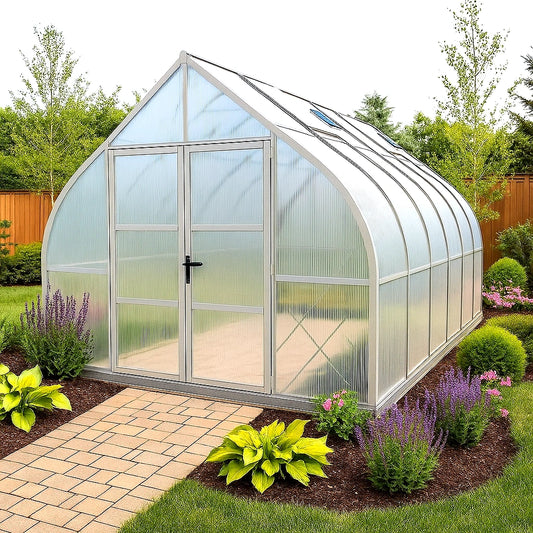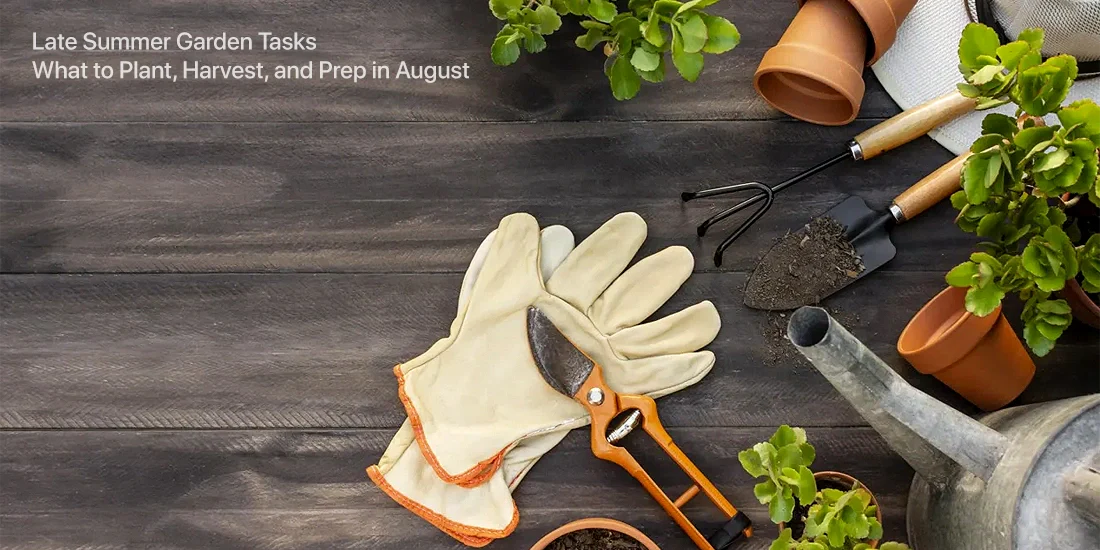
Late Summer Garden Tasks: What to Plant, Harvest, and Prep in August
As summer begins to wind down, your garden needs a little extra attention to stay productive and get ready for fall. August is the perfect time to wrap up summer crops, start new plantings, and prepare the soil for next season. Here’s what smart gardeners across the U.S. should focus on this month — whether you’re growing outside or in a greenhouse.
August Tasks for Your Vegetable Garden
1. Sow Fast-Growing Greens and Herbs
August is a great time to plant fast-maturing greens and herbs in your raised beds or greenhouse. Try sowing arugula, spinach, dill, parsley, basil, and cilantro. These cool-weather lovers thrive as the days get shorter and the heat begins to ease, especially in northern and temperate zones.
In many regions, now’s the ideal moment to sow fall crops like radishes, baby lettuce, green onions, Swiss chard, and even Chinese cabbage. Cooler nights reduce the risk of bolting, resulting in crisp roots and tender leafy greens.
2. Start a Mini Indoor Garden
August is also prime time to start an indoor garden! Sow cherry tomatoes, hot peppers, green onions, or fresh herbs in pots and containers for your windowsill or greenhouse bench.
For a pop of color indoors, plant ornamental peppers in yellow, red, and even purple, perfect for brightening up your kitchen when outdoor gardening winds down. These compact plants are not only decorative but also productive well into fall.
3. Help Your Summer Crops Finish Strong
Give your heat-loving crops one last boost before the season ends. Pinch off the growing tips of tomato and pepper plants in late August (or mid-August in northern areas) to redirect the plant’s energy into ripening existing fruit.
For melons and watermelons, remove extra leaves that shade fruit, and trim back long vines. This helps sun and nutrients reach the remaining melons for better ripening.
Hill up leeks and celery to blanch the lower stems and improve flavor. Stop watering dry beans about a week before harvest, this helps the pods dry out so the seeds inside separate more easily.
4. Harvest Carefully and Often
August is harvest time! Tomatoes, peppers, eggplants, squash, apples, pears, and berries are all coming in strong. The key is to pick at peak ripeness and handle produce gently to preserve freshness.
Use a fruit picker with a basket to gently harvest apples and pears, never shake them from the tree. Only store firm, unblemished fruits. Some varieties ripen after harvest, so pick them slightly underripe if needed.
Pick tomatoes fully ripe for fresh eating, or harvest them slightly underripe (blushed but firm) if frost or vacation is approaching. Let them finish ripening on a sunny windowsill or inside your greenhouse.
Don't let zucchini, cucumbers, and pattypan squash overgrow. The younger and smaller they are, the more flavorful and tender they’ll be.
Choose a dry, sunny day to dig up root vegetables like beets, carrots, and celery root. Shake off soil, allow them to dry a bit, and store promptly in a cool, dark place.
5. Prep Your Beds for Fall and Next Spring
Once a bed is done producing, don’t leave it bare. Loosen the soil and plant a cover crop like mustard, rye, crimson clover, or field peas. These "green manures" suppress weeds, prevent erosion, and enrich the soil with organic matter and nutrients.
Before your cover crop goes to seed, cut it down and leave the clippings on the surface or lightly work them into the soil. Come spring, you’ll have healthier, looser soil ready for new plantings, especially useful in greenhouse beds where soil health can decline over time.
August Tasks for Your Garden and Berry Patch
1. Plant or Replant Berry Bushes
If your strawberry patch is more than 3–4 years old and yields are declining, it’s time to refresh. Choose a new, sunny location with loose, fertile soil. Dig small planting holes, water each thoroughly, and set in new seedlings. Firm the soil gently around each plant. You can also divide and replant overcrowded berry bushes like raspberries and blackberries. Trim the top growth, leaving 2–3 nodes above the base. Carefully dig up the plant, preserving as much of the root system as possible, and replant it in moist soil. Keep the soil consistently damp until the plant is fully established.
2. Add New Fruit Trees and Update Berry Varieties
Looking to upgrade your orchard? August is a great time to plant container-grown fruit trees like apples, pears, plums, and cherries. These young trees still have time to develop roots before fall frost hits. Always buy from trusted nurseries to ensure disease-free, hardy stock. Water new trees weekly about 2.5 gallons (1 bucket) per tree, unless you’ve had a soaking rain. This is also the perfect month to plant new berry bushes like currants, gooseberries, blueberries, and honeyberries. Both bare-root and container-grown varieties adapt well if planted now and can start producing as early as next summer. If you’re growing grapes, now is the time to transplant cuttings to their permanent location. Choose varieties suited to your USDA hardiness zone.
3. Keep Grass Trimmed Around Fruit Trees
Regular mowing around fruit trees keeps your orchard tidy and prevents fallen fruit from getting lost or rotting unseen. Use trimmed grass as mulch or toss it in the compost pile to return nutrients to the garden.
4. Repair and Reseed Your Lawn
After a busy summer of backyard fun, your lawn might be looking a little rough. Patchy areas caused by heat, foot traffic, or pet activity can be easily fixed now. Late summer is ideal for overseeding because cooler nights and shorter days promote strong root growth. Rake out damaged areas, spread grass seed, and water well to encourage new growth.
5. Prepare Your Garden for Winter
To help young trees prepare for winter dormancy, apply a potassium-rich fertilizer like monopotassium phosphate. Mix about 1 oz (20–30 g) per 2.5 gallons (1 bucket) of water and pour it around the base of each tree. Potassium helps shoots harden off before freezing weather arrives.
6. Stay on Top of Pest Control
Check apple trees for pests like codling moths and hawthorn caterpillars. Remove them by hand from sticky traps or bark crevices. Loosen the soil around berry bushes and water with wood ash tea (1 cup ash in 2.5 gallons of water, steeped for 24 hours) to deter pests. Spray raspberries and other berries with a tobacco dust decoction to control beetles and mites. Boil 3.5 oz (100 g) of tobacco dust in 1 quart of water, dilute with 2 quarts of water, and add a small amount of dish soap or insecticidal soap for better adherence. Treat aphids with approved insecticidal sprays as needed.
7. Treat Plant Diseases Naturally
Powdery mildew on gooseberries, currants, and other berries can be treated with natural remedies, perfect if you’re still harvesting fruit. Try: Soap and soda spray: Mix 1 tsp liquid soap + 0.9 oz (25 g) washing soda in hot water, then dilute to 2.5 gallons with cold water. Mustard solution: Mix 2 tbsp mustard powder in 2.5 gallons of warm water. Horsetail decoction: Simmer 3.5 oz (100 g) horsetail in 1.3 gallons of water for 5 minutes, then steep for 8–12 hours before use. Watch roses for signs of black spot and treat with fungicides if needed. Grapevines showing powdery mildew (oidium) can be sprayed with sulfur-based treatments, especially in dry climates.
August Tasks in the Flower Garden
Late summer is a great time to refresh your flower beds, collect seeds, and prepare your plants for fall and next year’s bloom. Whether you're gardening outdoors or inside a greenhouse, these tips will help you keep your flower garden vibrant and well-organized.
1. Divide and Transplant Perennials
August is a great time to rethink the layout of your flower beds. If certain plants don’t look right together in terms of color or sunlight needs, or if they’ve become overcrowded, it’s time to move things around.
Water the plant thoroughly a day before digging to keep the root ball intact. If the plant is too large, divide it into sections using a spade or garden knife. After transplanting, water again generously to settle the soil around the roots.
2. Transplant Biennial Flowers
Seedlings of biennials like violas, daisies, hollyhocks, foxgloves, and dianthus should be transplanted into their permanent locations in flower beds or borders. Give them room to grow and establish before winter arrives.
3. Feed Late-Summer Bloomers
Keep your dahlias, chrysanthemums, roses, and asters blooming longer by applying a balanced fertilizer with extra potassium and phosphorus. These nutrients support strong blooms and healthy root development heading into fall.
4. Collect Seeds from Annuals & Perennials
Save seeds from your favorite flowers like echinacea, lupine, flax, and daisies. Once the seed heads are dry and mature, collect and store the seeds in labeled paper envelopes. This helps you save money and ensures you'll have plants you love ready for next season.
5. Dig Up and Store Tender Bulbs
Dig up the bulbs and corms of tender summer bloomers like crocosmia, amaryllis, and tuberous begonias after the foliage has died back. Gently brush off the soil and let them dry in a well-ventilated space for 1–2 days.
Store bulbs in labeled paper bags or breathable containers in a cool, dark, dry place until spring. Labeling them now will save you a headache when it’s time to replant!
August may be winding down the season, but there’s still a lot to do in the flower garden. Trust your gardener’s instincts, observe your plants carefully, and follow this checklist — your efforts will be rewarded with a healthier, more beautiful garden next season.

